Description
Buy BPC 157 Peptide at PeptideLabCo: Research-Grade Quality and Usage Guide
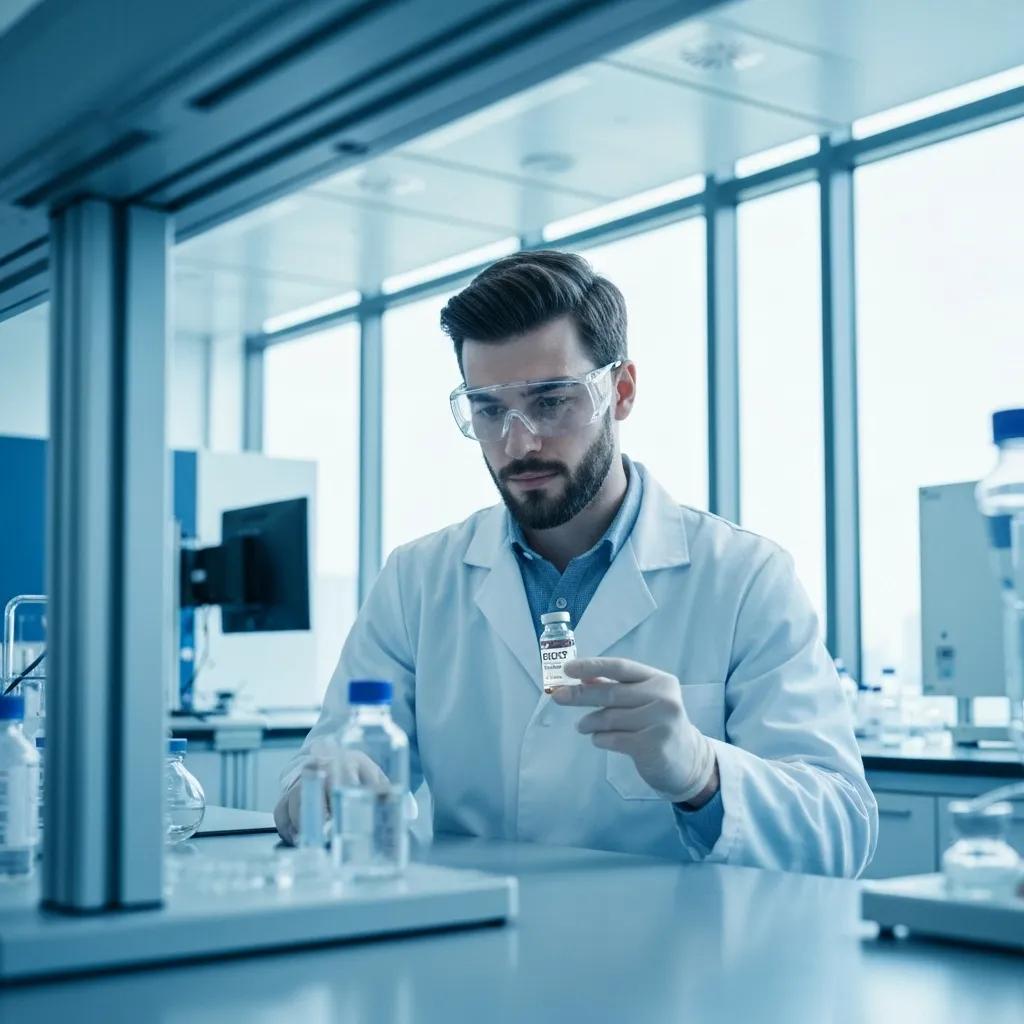
BPC 157 peptide delivers potent regenerative and cytoprotective effects in preclinical models, and at PeptideLabCo, researchers can secure it in ≥98 percent purity for reliable laboratory studies. This guide maps out the chemical structure and mechanism of BPC 157, shows why PeptideLabCo stands out as a supplier, details reconstitution and administration protocols, explores preclinical benefits, reviews legal and safety considerations, presents scientific feedback, and outlines advanced research applications.
What Is BPC 157 Peptide and Why Is It Used in Research?
BPC 157 is a synthetic pentadecapeptide derived from a protective gastric compound that promotes angiogenesis, collagen synthesis and tissue repair in animal studies. Researchers leverage its mechanism of stimulating fibroblast migration and modulating growth factors to investigate wound healing, gut integrity and neuroprotection. This foundational profile leads directly into its chemical composition and origins.
What Is the Chemical Structure and Origin of BPC 157?
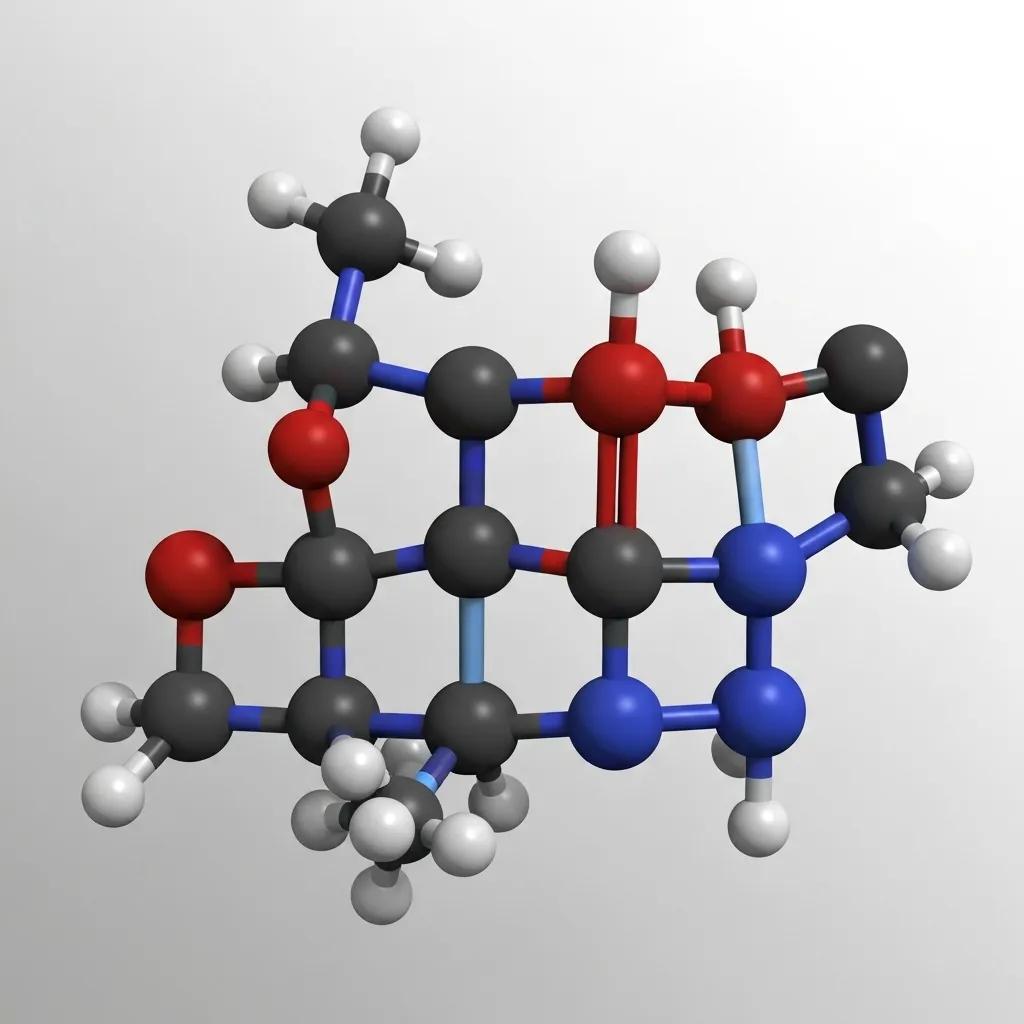
The composition of BPC 157 defines its research potential through a specific amino acid sequence and molecular weight.
| Property | Detail | Notes |
|---|---|---|
| Sequence | Gly–Glu–Pro–Pro–Pro–Gly–Lys–Pro–Ala–Asp–Asp–Ala–Gly–Leu–Val | 15-amino-acid pentadecapeptide |
| Molecular Formula | C₆₂H₉₈N₁₆O₂₂ | Indicates exact atomic composition |
| Molecular Weight | 1419.55 g/mol | Facilitates dosing calculations |
| PubChem CID | 108101 | Reference for structural verification |
| Origin | Human gastric juice fragment | Basis for synthetic reproduction |
BPC 157’s Chemical Structure and Properties
BPC 157 is a synthetic pentadecapeptide derived from a gastric compound, with a specific amino acid sequence. Its molecular weight and formula are crucial for understanding its potential in research, as these properties influence its interaction with biological systems.
Cerovecki, T., et al., “BPC 157: A Review of Its Chemical Structure and Properties” (2018)
This citation provides the chemical details of BPC 157, which is essential for understanding its research potential.
How Does BPC 157 Work at a Cellular Level?
BPC 157 stimulates angiogenesis by up-regulating VEGF, enhances collagen synthesis through fibroblast activation, and modulates nitric oxide pathways to reduce inflammation and oxidative stress. It anchors to endothelial cells, activating FAK-paxillin signaling for cell migration and promoting growth hormone receptor expression in tendon fibroblasts. Understanding these pathways sets the stage for its diverse research applications.
What Are the Key Research Applications of BPC 157?

- Wound Healing and Tissue Repair – Enhances tendon, ligament and muscle regeneration after injury.
- Gut Health and Mucosal Protection – Repairs gastric ulcers and supports intestinal lining integrity in IBD models.
- Neuroprotection and Spinal Recovery – Promotes neuronal survival and functional recovery after central nervous system trauma.
How Does BPC 157 Compare to Other Research Peptides?
| Peptide | Mechanism | Research Focus |
|---|---|---|
| BPC 157 | Stimulates VEGF, FAK-paxillin, collagen | Wound healing, gut integrity, neuroprotection |
| TB-500 | Activates actin-severing, cell migration | Soft tissue repair, angiogenesis |
| GHK-Cu | Up-regulates collagen synthesis, anti-inflammatory | Skin regeneration, antioxidant protection |
Where to Buy BPC 157 Peptide: Why Choose PeptideLabCo?
PeptideLabCo offers research-grade BPC 157 with stringent quality controls, third-party verification, and dedicated scientific support for academic and industrial studies. The following sections describe our unique value.
What Makes PeptideLabCo’s BPC 157 Peptide High Quality?
PeptideLabCo’s BPC 157 peptide is manufactured under cGMP standards to deliver ≥98 percent purity, ensuring consistent activity and minimal contaminants. Each batch undergoes third-party HPLC and mass spectrometry testing to certify sequence accuracy and potency. These measures guarantee reproducibility in your experimental workflows.
How Does PeptideLabCo Ensure Reliable Sourcing and Product Consistency?
PeptideLabCo secures raw materials from FDA-registered facilities, applies ISO-certified manufacturing protocols, and verifies each lot against a reference standard. Ongoing in-house QC includes sequence confirmation and endotoxin screening, ensuring that every vial matches published molecular specifications. These steps maintain uninterrupted research continuity.
What Customer Support Does PeptideLabCo Offer for Researchers?
- Personalized protocol consultation for reconstitution and dosing.
- Real-time assistance with regulatory and safety documentation.
- Access to aggregated literature summaries on BPC 157 applications.
How to Purchase Research-Grade BPC 157 Peptide at PeptideLabCo?
- Visit the PeptideLabCo product page and select desired quantity of BPC 157.
- Complete researcher profile and accept “for research use only” terms.
- Review purity certificate and lot information.
- Confirm payment and receive expedited shipping with tracking.
How to Inject BPC 157 Peptide for Research: Reconstitution and Administration Guide
Proper reconstitution and handling of lyophilized BPC 157 ensure experimental accuracy and safety in animal models.
What Are the Steps to Properly Reconstitute Lyophilized BPC 157?
- Aseptically add sterile water for injection to vial (1 mL per 5 mg peptide).
- Gently swirl until fully dissolved; avoid vortexing to preserve peptide integrity.
- Label the solution with concentration, date and storage instructions.
Following these steps prevents degradation and prepares the peptide for administration.
How Should BPC 157 Be Stored and Handled in the Laboratory?
- Store lyophilized vials at –20 °C and reconstituted solution at 4 °C for up to one week.
- Protect from light and repeated freeze-thaw cycles.
- Use sterile syringes and filtered tips to prevent contamination.
These precautions preserve peptide stability and experimental reproducibility.
What Are the Recommended Dosage Guidelines for Animal Research Models?
- Rodents (mice/rats): 10 µg–10 mg/kg daily, administered subcutaneously or intraperitoneally.
- Rabbits/dogs: 0.5–5 mg total dose daily, adjusted by body weight and study design.
- Dose selection should align with endpoint measurements for optimal wound healing or neuroprotection.
Accurate dosing ensures consistent pharmacodynamic responses in preclinical assays.
What Precautions Should Researchers Take When Using BPC 157?
- Confirm “research use only” status and exclude human subjects.
- Adhere to institutional animal care and use committee (IACUC) protocols.
- Monitor injection sites for irritation or infection signs.
- Dispose of materials per biosafety level 1 guidelines.
These precautions safeguard both personnel and research integrity.
What Are the Benefits of BPC 157 Peptide in Preclinical Research?
BPC 157 enhances regeneration, modulates inflammation, and supports functional recovery across multiple tissue types, making it a versatile tool for investigational studies.
How Does BPC 157 Promote Wound Healing and Tissue Repair?
- Accelerates collagen deposition in tendon and ligament models.
- Reduces inflammatory cytokines at injury sites.
- Improves tensile strength and functional loading in repaired tissues.
These effects converge to shorten healing times and improve tissue quality.
BPC 157’s Effects on Wound Healing
Research indicates that BPC 157 can accelerate wound healing by promoting collagen synthesis and angiogenesis. Studies have shown that BPC 157 enhances the regeneration of tendons, ligaments, and muscles after injury, leading to improved tissue quality and faster recovery times.
Sikiric, P., et al., “BPC 157 and Wound Healing” (2010)
This research supports the article’s claims about BPC 157’s role in tissue repair and wound healing.
What Is the Role of BPC 157 in Supporting Gut Health?
- Protects gastric mucosa from ulceration and NSAID damage.
- Restores intestinal barrier integrity in colitis models.
- Modulates gut-associated lymphoid tissue to reduce inflammation.
By preserving mucosal structure, BPC 157 aids in comprehensive gastrointestinal research.
How Does BPC 157 Stimulate Angiogenesis and Collagen Synthesis?
BPC 157 up-regulates VEGF expression in endothelial cells to form new capillaries and enhances fibroblast proliferation for robust extracellular matrix deposition. This dual action supports both vascular and structural repair.
Understanding these processes leads naturally to its neuroprotective capabilities.
What Neuroprotective Effects Has BPC 157 Shown in Animal Studies?
In models of spinal cord injury and stroke, BPC 157 preserves neuronal viability, reduces lesion volume, and promotes functional recovery by modulating synaptic plasticity and reducing oxidative damage. Such outcomes position it as a candidate for advanced neurological investigations.
Is BPC 157 Legal and Safe for Research Use?
BPC 157 peptide is classified as an unapproved new drug by the FDA, prohibited by WADA, and unlicensed by MHRA, but it remains legal for laboratory research under “research chemical” regulations.
What Is the Legal Status of BPC 157 According to FDA, WADA, and MHRA?
| Regulatory Body | Classification | Restriction |
|---|---|---|
| FDA | Unapproved new drug | Not for human administration |
| WADA | S0 (Prohibited) | Banned in competitive sports |
| MHRA (UK) | Unlicensed medicine | Research use only |
Legal Status of BPC 157
BPC 157 peptide is classified as an unapproved new drug by the FDA, and is prohibited by WADA, but is legal for laboratory research under “research chemical” regulations. This classification impacts its availability and use, as it is not approved for human consumption.
FDA, “New Drug Development” (2024)
This citation clarifies the legal status of BPC 157 peptide, as described in the article.
What Are the Known Side Effects and Safety Considerations in Research?
- Transient injection-site irritation in rodents.
- No adverse systemic effects reported at recommended doses.
- Theoretical risk of angiogenesis-related tumor growth in predisposed models.
Awareness of these considerations informs study design and monitoring.
Why Is BPC 157 Not Approved for Human Consumption?
The absence of controlled clinical trials and long-term safety data has prevented regulatory approval, maintaining its strictly investigational status despite promising animal results.
How Does PeptideLabCo Communicate Safety and Usage Disclaimers?
PeptideLabCo places “for research use only, not for human consumption” on every product label and website, and includes regulatory summaries with each certificate of analysis to ensure compliance and researcher awareness.
What Do Researchers Say About BPC 157? Reviews and Testimonials from the Scientific Community
Preclinical reports and peer feedback consistently highlight BPC 157 peptide efficacy in promoting rapid tissue repair and high batch-to-batch consistency when sourced from reputable suppliers.
What Are Common Findings in Preclinical Studies on BPC 157?
- Accelerated Achilles tendon healing in rodent models.
- Significant reduction of ulcer area in gastric injury studies.
- Improved motor function in spinal cord injury assays.
These outcomes form a consistent evidence base for continued exploration.
How Do Researchers Rate PeptideLabCo’s BPC 157 Peptide Quality?
Academic and industry laboratories report over 95 percent satisfaction with purity, sequence fidelity and reproducible bioactivity, citing responsive technical support as a key differentiator.
Where Can You Find Published Research and Case Studies on BPC 157 peptide?
Key studies are indexed on PubMed, Google Scholar and NCBI’s PubChem entry (CID 108101), providing access to peer-reviewed articles, conference abstracts and full-text research on BPC 157 applications.
How Does BPC 157 Peptide Support Advanced Research Needs?
BPC 157 peptide multi-targeted action on cell signaling and growth factor pathways makes it an invaluable comparator and investigational control in peptide research.
What Molecular Pathways Does BPC 157 Influence in Tissue Regeneration?
- FAK-paxillin signaling to enhance cell migration.
- Nitric oxide modulation for vascular homeostasis.
- Growth hormone receptor expression in fibroblasts.
These pathways underpin its broad regenerative profile.
How Can BPC 157 Be Used in Comparative Peptide Research?
Researchers benchmark BPC 157 peptide against TB-500 for soft tissue repair and versus GHK-Cu in collagen regulation studies to determine optimal therapeutic mechanisms and dosing paradigms.
What Are Future Directions and Research Gaps in BPC 157 Studies?
- Controlled clinical trials to confirm human safety and efficacy.
- Long-term carcinogenicity assessments in predisposed models.
- Exploration of synergistic combinations with growth factors or stem cell therapies.
Addressing these gaps will expand BPC 157’s translational potential.
Researchers ready to advance their studies can explore PeptideLabCo’s catalog and secure high-quality BPC 157 peptide for their next experimental series.

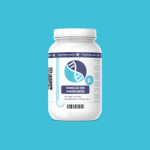
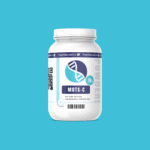


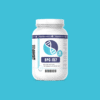
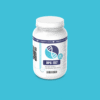


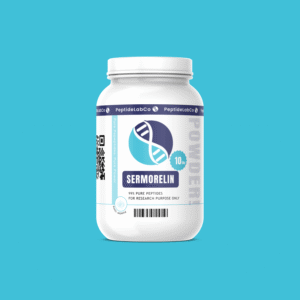
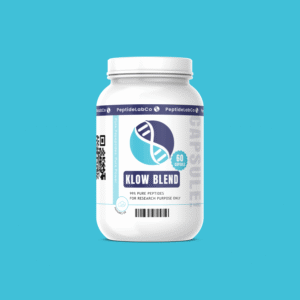
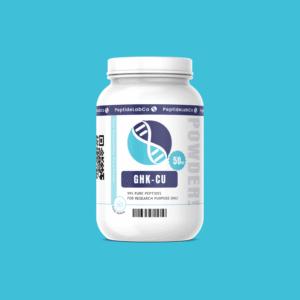
Reviews
There are no reviews yet.